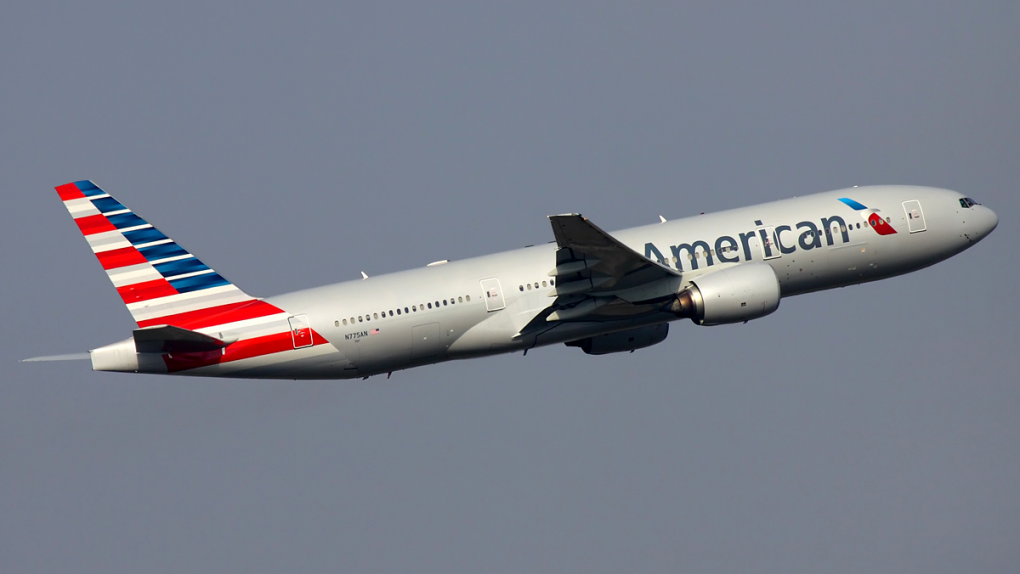If one were to list out all of the things that make air travel so damn frustrating, it’d be hard to know where to even begin. From delayed flights and cramped seating to what is often an exceedingly long check-in process, air travel is rarely a seamless experience.
All that aside, the notion of accessing the Internet while mid-flight is certainly a surefire way to relieve some in-flight boredom and discomfort.
Or so you would think.
Unfortunately, in-flight Wi-Fi is not only pretty expensive, but it also has a tendency to be painfully slow if you’re trying to do anything more intensive than checking a few emails. The end result is that many fliers often find themselves paying a pretty penny for shoddy service, a losing proposition on both ends.
DON’T MISS: We Have Some Bad News About the iPhone 6s
Sadly, the economics of in-flight Wi-Fi are such that providers are not at all incentivized to change or improve their service. As highlighted in a recent article on Fortune, companies like Gogo bank on the fact that a certain subset of travelers, namely business folks, will all too gladly pay for Internet service even at exorbitant prices.
Additionally, because these business travelers are typically reimbursed for such expenses by their employers, they don’t think twice about paying a premium for in-flight Wi-Fi no matter how slow it may be.
“Gogo has figured out that you make more revenue by charging as much money as possible to a very small number of people,” says [analyst Tim] Farrar. “Typically, only 7% of passengers opt to pay for Internet on Gogo flights, but that’s enough for Gogo to cover its costs and send a big check to its airline partners each month.”
Essentially, the margins on in-flight Wi-Fi are high enough that Gogo can rest comfortably knowing that they don’t need to do anything to attract a greater number of subscribers. This set-up is a lose-lose for passengers and a resounding win for Gogo.
Price aside, there’s also the frustration associated with using a relatively slow Internet connection.
Naturally, the type of speeds users can enjoy is wholly dependent on the type of technology used to provide the Internet service in the first place. While satellite-based technology can deliver extremely fast Internet connections, Gogo, the most prevalent in-flight service provider in the U.S., still relies upon transmitting data from the ground to the air, “essentially a cellular network pointed at the heavens.”
On top of this, the report points out that even when satellite technology is used, the available bandwidth is not only spread out across an individual plane, but across all planes in the vicinity.
Gogo has also begun using satellite technology on some flights—which can deliver anywhere from 40 Mbps to 70 Mbps—but unlike the air-to-ground systems, the satellite network spreads that capacity over a very large geographic area. This means aircraft on the same routes have to share it.
Last but not least, it doesn’t help matters that Gogo has an effective monopoly on in-flight Wi-Fi in the U.S., thereby stemming any real competition from arising.
All that said, one can only imagine, or perhaps hope, that we’ll one day look back at the current state of in-flight Wi-Fi with the same type of disbelief that we look at 33k modems from back in the day.




